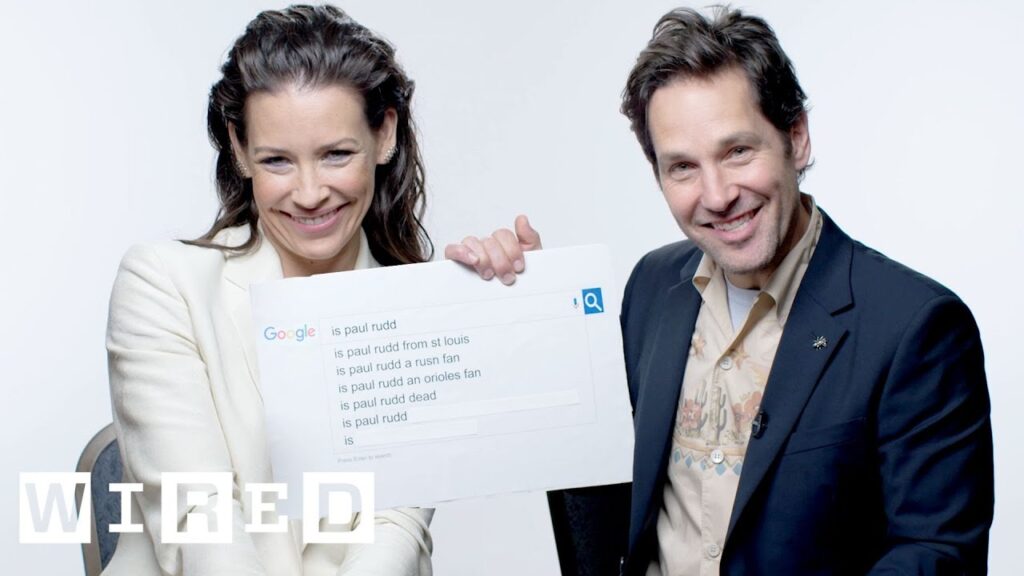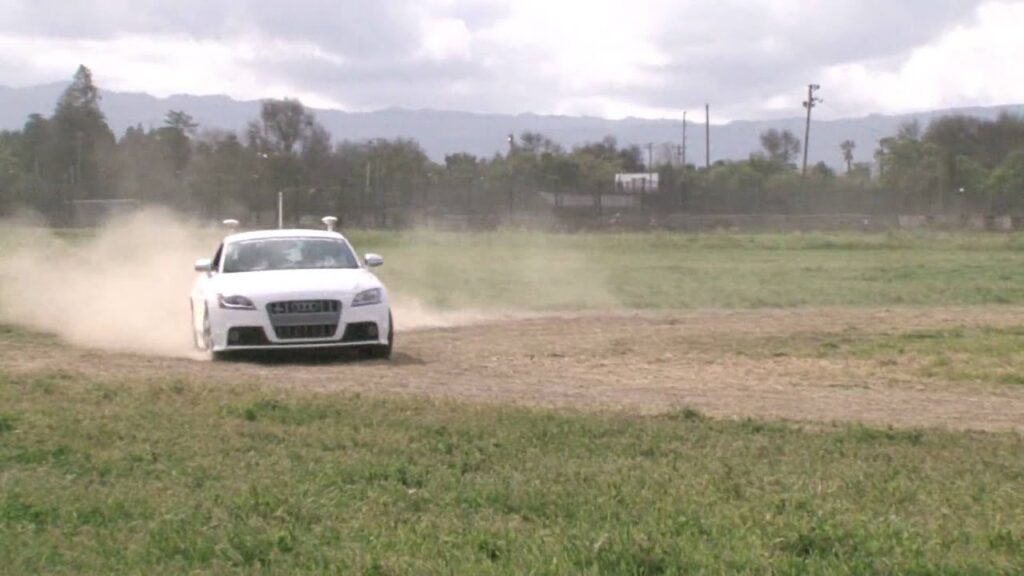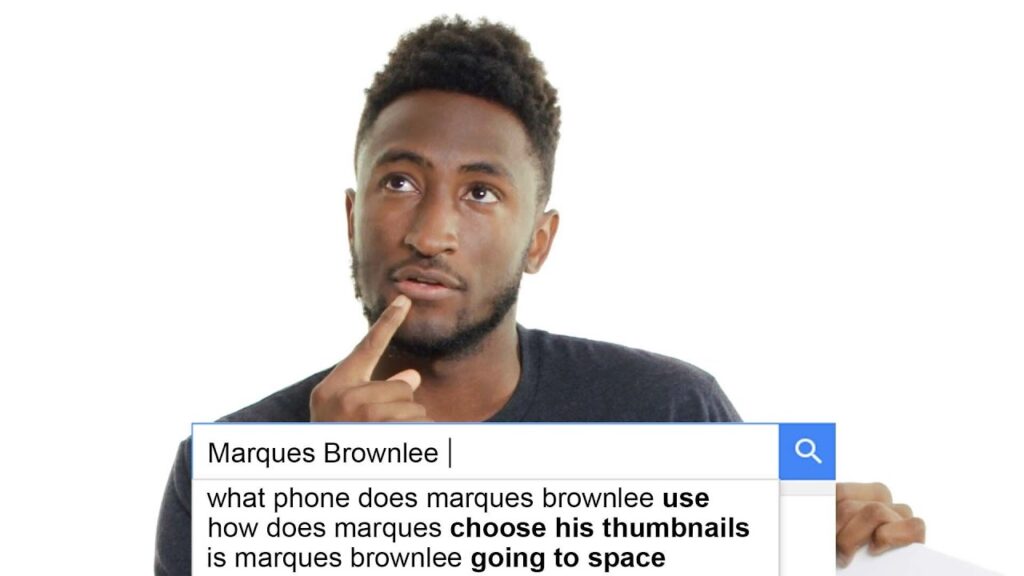The Contagion of Social Behaviors: A Q&A with Nicholas Christakis
Summary
In his talk, Nicholas Christakis examines how social behaviors can spread contagiously through networks of people. With data from the Framingham Heart Study, he investigates how health behaviors like obesity and smoking can spread from friend to friend and from spouse to spouse. Christakis also explores the spread of altruism, cooperation, and emotional contagion through networks, observing that such phenomena can impact up to three degrees of separation. Christakis argues that understanding network structures can help predict disease outbreaks and develop new ways to target beneficial innovations in social systems.
Table of Contents
- Introduction: How did Nicholas Christakis become interested in researching the spread of social behaviors through networks?
- Obesity and Smoking: How do social networks impact health behaviors like obesity and smoking?
- Altruism and Cooperation: How do social networks affect the spread of altruism and cooperation?
- Emotional Contagion: How does emotional contagion spread through social networks?
- The Human Superorganism: What is the anatomy of the human superorganism, and how do phenomena spread through networks?
- Disease Outbreaks: How can understanding network structures help predict disease outbreaks?
- Targeting Social Innovations: How can network structures be used to target delivery of beneficial innovations in social systems?
- Conclusion
Introduction
Q: Can you tell us about how you became interested in researching the way social behaviors spread contagiously through networks of people?
A: My interest in this topic started with my studies of the widowhood effect. This is the idea that when a person becomes widowed, they have an increased risk of dying themselves. This led me to investigate broader phenomena that can spread beyond pairs of individuals, like the contagious spread of diverse behaviors. I used the data from the Framingham Heart Study, which is a network of 15,000 people, to observe clusters of people getting obese over time, which spreads from friend to friend and from spouse to spouse. I also studied various other phenomena, including emotional contagion, altruism, and cooperation, observing that altruism spreads across networks through the pay-it-forward phenomenon.
Obesity and Smoking
Q: In your talk, you discuss the impact of social networks on health behaviors like obesity and smoking. How do social networks influence these behaviors?
A: Social networks exert a strong influence on our behaviors, including our health behaviors. For example, if someone in your social network becomes obese, you are more likely to become obese as well. This effect can be observed up to three degrees of separation. A similar effect is observed with smoking, where people tend to cluster in groups of smokers or non-smokers. This clustering can make it difficult to reduce smoking rates below a certain level, as the groups of smokers are not connected to non-smokers.
Altruism and Cooperation
Q: Can you speak to the spread of altruism and cooperation through social networks?
A: Yes, I have observed that altruism and cooperation can also spread through social networks. In fact, these behaviors tend to spread even more easily than negative behaviors like obesity and smoking. One way this happens is through the pay-it-forward phenomenon, where people are more likely to perform acts of kindness after receiving them. By spreading generosity and kindness through social networks, people can create a positive ripple effect that impacts others beyond their immediate circle of friends and family.
Emotional Contagion
Q: How does emotional contagion spread through social networks?
A: Emotional contagion is the phenomenon of emotions spreading from one person to another. This can happen through various channels, including face-to-face interactions, social media, and even phone calls. In one study, we found that emotional states like happiness and sadness can spread through social networks up to three degrees of separation. This means that the emotional state of a friend of a friend can impact your own emotional state.
The Human Superorganism
Q: Can you explain what the anatomy of the human superorganism is, and how phenomena spread through networks?
A: The human superorganism refers to how humans agglomerate to form something bigger than themselves. Our social networks are an example of this, where we each become a node in a larger network. Phenomena can then spread through these networks, impacting up to three degrees of separation. However, this contagion can also taper off and dissipate at that point, due to friction or decay in the system.
Disease Outbreaks
Q: You mentioned that understanding network structures can be used to predict disease outbreaks. How does this work, and can you give an example?
A: Yes, we have found that identifying central people in a network who are likely to get an epidemic disease first can be a powerful tool for forecasting outbreaks. This can involve tracking the movements of these individuals in the network or tracking their likelihood of coming into contact with others who may be infected. One example of this is our work in tracking the spread of H1N1 influenza in a college dormitory. By identifying the central individuals in the network who were most likely to get infected, we were able to forecast the outbreak and contain it before it became a larger epidemic.
Targeting Social Innovations
Q: You also mentioned that understanding network structures can help develop new ways to target delivery of beneficial innovations in social systems. Can you give an example of how this has been done?
A: Yes, we have conducted a study in Honduras where we mapped the networks of individuals who were potential recipients of a new agricultural innovation. By understanding how these individuals were connected in a network, we were able to target the delivery of the innovation to those who were most likely to adopt it and pass it on to others in their network. This is an example of how network structures can be used to more effectively deliver beneficial innovations that can improve people’s lives.
Conclusion
In conclusion, Nicholas Christakis’s research on the contagion of social behaviors through networks has important implications for our understanding of health behaviors, disease outbreaks, and the spread of beneficial social innovations. By understanding the way people are connected in social networks, we can better predict and control the spread of negative behaviors like smoking and the spread of diseases like H1N1 influenza. Additionally, we can use this understanding to more effectively target the delivery of innovations that can improve people’s lives.







